It’s always so much fun listening and watching our young readers figure out those “longer” words. Many of our little ones are pretty solid decoding one-syllabe words and are now ready to learn strategies for decoding multisyllabic words. So, really, what is a syllable? Simply put, a syllable is a unit of pronunciation containing a single vowel sound. “Syllabication” is the process of analyzing the pattern of vowels and consonants in a word to determine where a word is broken into its syllables. The ability to break a word into syllables helps students decode those longer words as well as helps the student remember spelling patterns. Understanding the 7 syllable types helps students to become better readers and writers.
There are 7 types of syllables that occur in all words of the English language. Every word can be broken down into these syllables. These 7 syllables include: closed, open, magic e, vowel teams, r-controlled, dipthongs and consonant le. After teaching each syllable type, having these posters readily available for reference in your classroom can help your students. The Make, Take & Teach 7 Syllables Types Classroom Posters can be downloaded for free in my TpT store.
Just click the following link to download this poster 7 Syllable Types
The 7 Syllable Types Classroom Posters are available for FREE in my online Teachers Pay Teachers Store. Just click HERE.
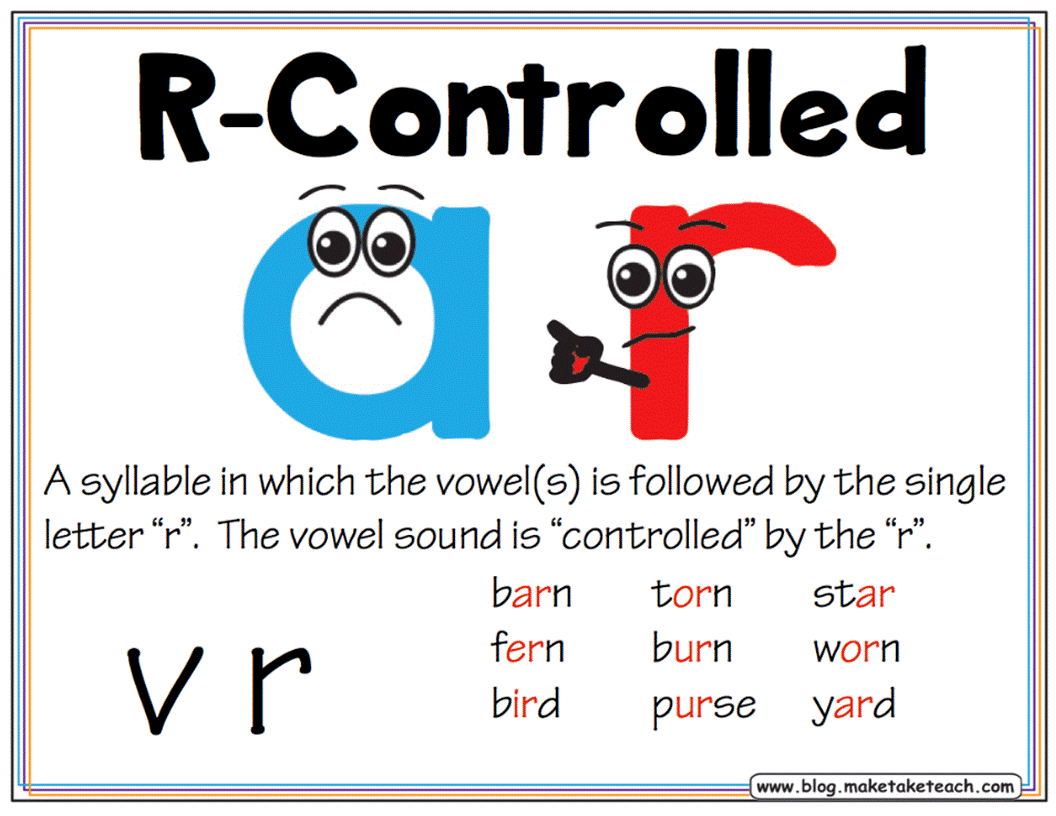
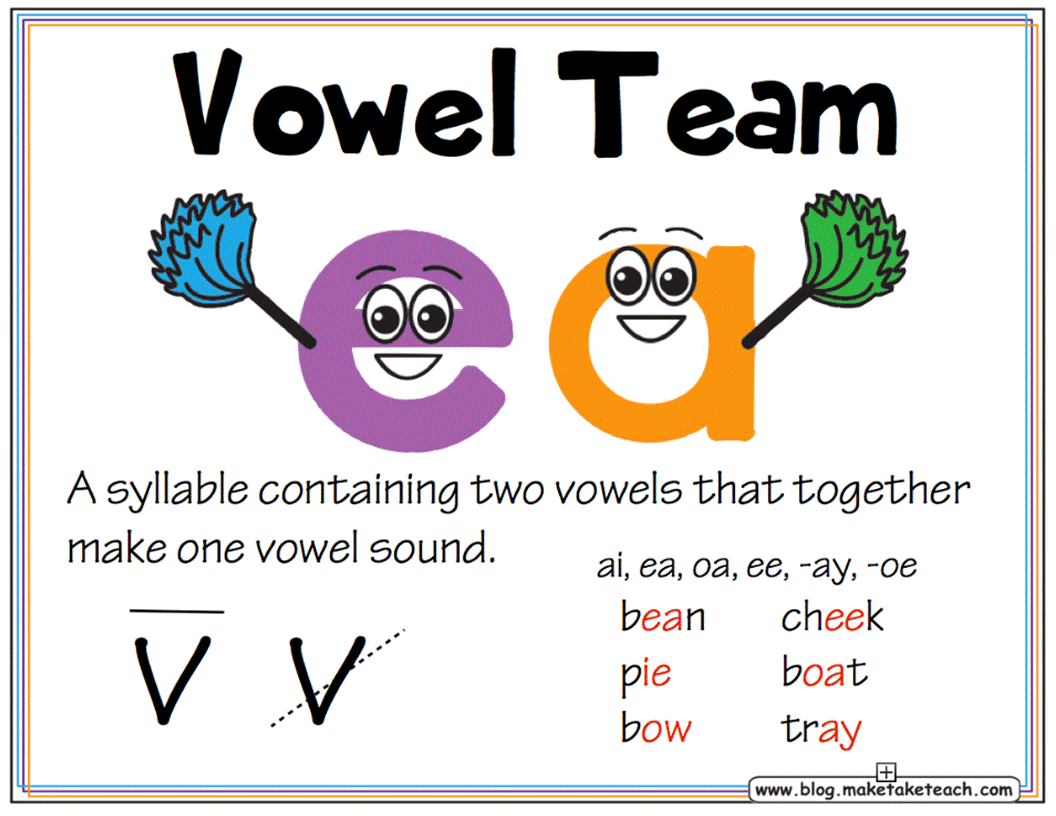
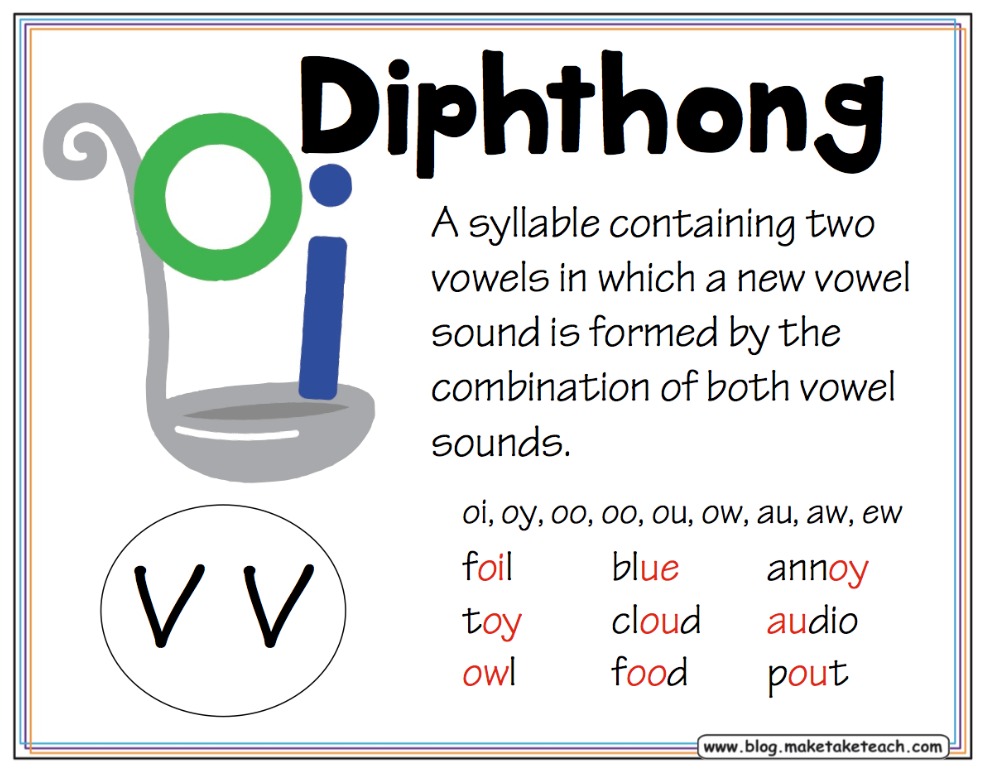
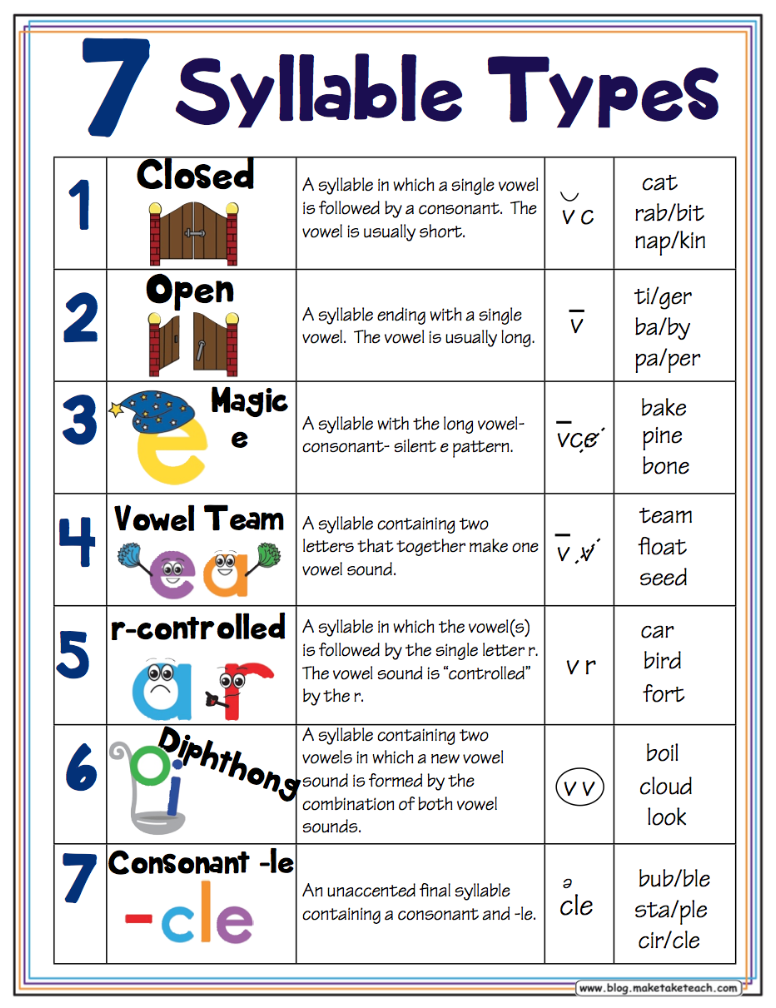
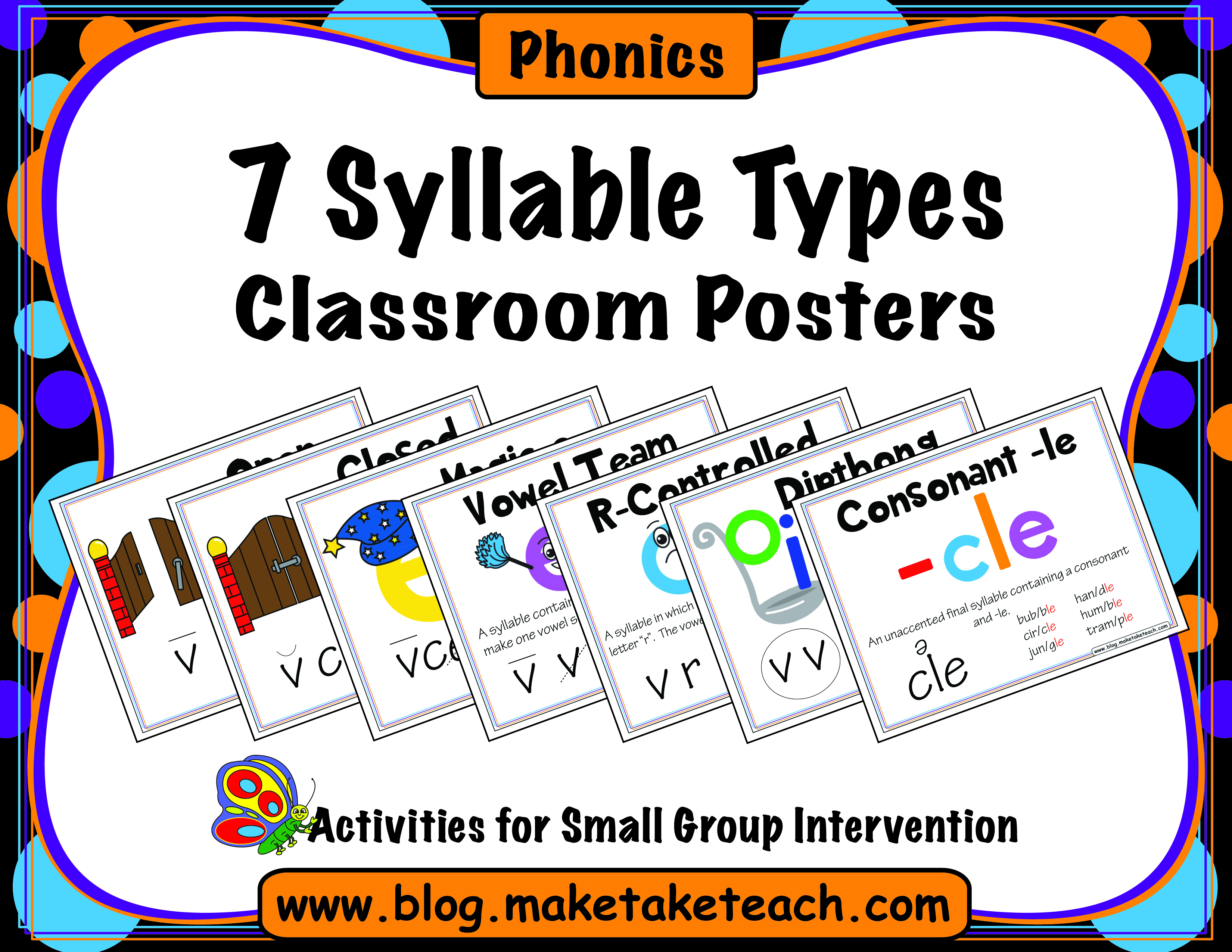



Thank you for this… it is an amazing resource!! This will make my small groups with 3rd and 4th much easier when we discuss syllables..
I love your material. However, on your sheet with the all the 7 Syllable Types you have misspelled the word “diphthong”. Please make his change so we can use these. They are great for students. It is spelled correctly on the individual pieces. Thank you!
Susan
Hi Susan- Thanks for pointing that out. The error was corrected and you can now download file. Julie
i have clear all my doubts related to syllables after reading this wonderfull article thnks for providing a simple understanding article…